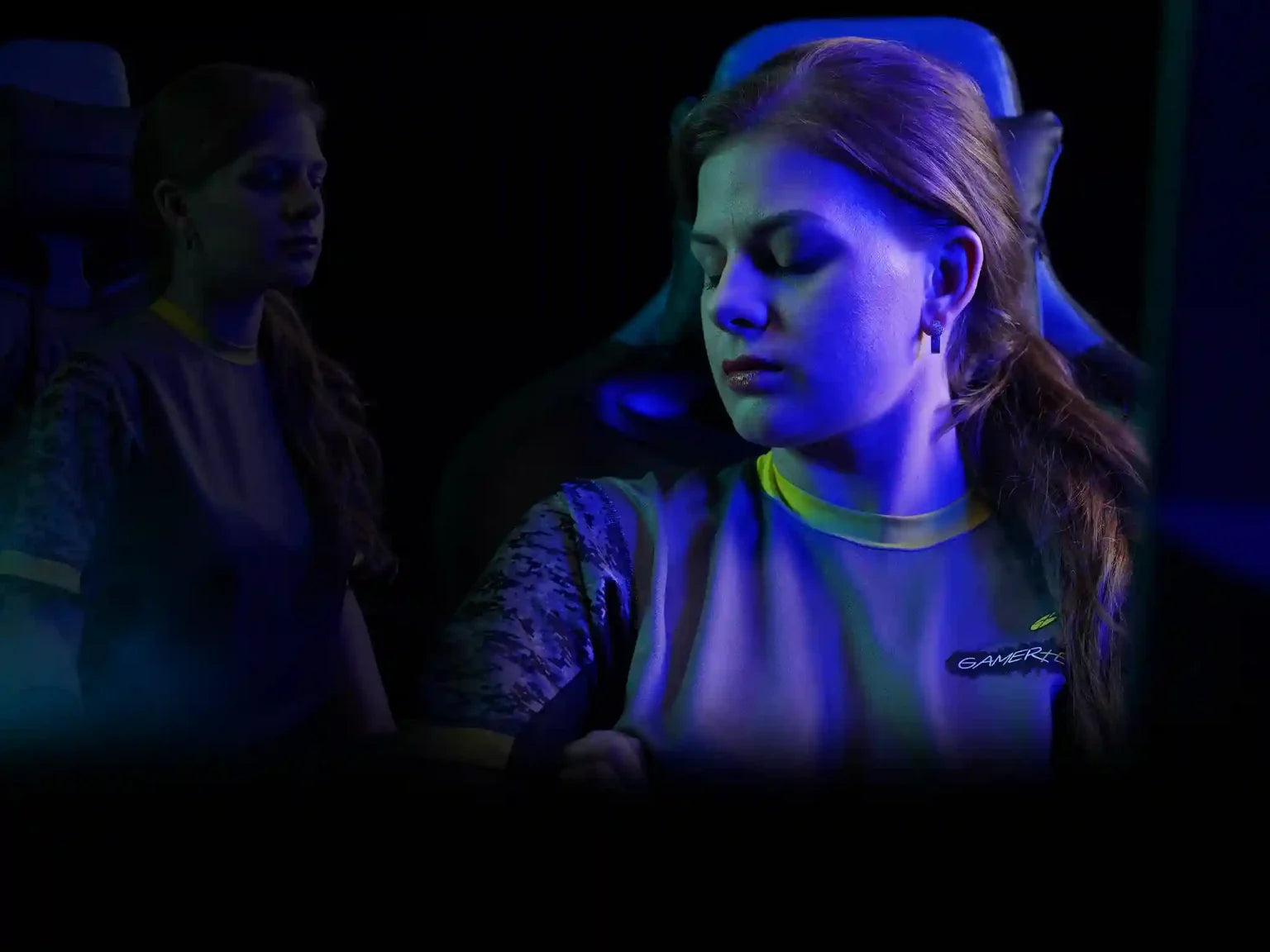Every gamer has experienced coming close to victory but falling short due to tiny lapses in reaction time or coordination. The nightmare, however, is when these minute physical hitches become more frequent, foreboding an injury.
 Esports demands that a gamer has unwavering mental clarity coupled with the ability to rapidly execute a high volume of hyper-precise movements, over a long period of time. The greater the competition, the smaller the margin for error. That level of control tends to put a tremendous amount of stress on the complex of tendons, ligaments, nerves and muscles in the forearm.
Esports demands that a gamer has unwavering mental clarity coupled with the ability to rapidly execute a high volume of hyper-precise movements, over a long period of time. The greater the competition, the smaller the margin for error. That level of control tends to put a tremendous amount of stress on the complex of tendons, ligaments, nerves and muscles in the forearm.
It’s hard to understate the risk of esports injury, given the potential of success that an esports career can bring. “Fear”, or Clinton Loomis, is a gaming legend for his dominance of DOTA, or Defense of The Ancients , and DOTA 2. After a decade-long career, including numerous tournament wins that bagged him up to seven-figure sums in prize money, Fear announced his retirement in September 2017 due to an aggravated radial nerve. The pain it caused was too severe to allow him to practice and play at the level he needed to.
Unfortunately, Fear isn’t an outlier. He is one of a long list of established and promising gamers stopped by injury. The herculean hours of practice he put into perfecting his craft and the level of intensity he played at are common, especially now that esports is a billion-dollar industry. To stay ahead, at least 10 hours of practice a day is typical for pro gamers, with some playing over 16.
Sadly, all the brightest esports careers burn out early, with an average career length of 5 to 6 years and an average retirement age of 25. It’s no surprise that injuries are the main cause of this shortened career lifespan. The injuries that wreak the most havoc are Repetitive Strain Injuries (or RSIs, mainly carpal tunnel syndrome and tennis elbow) and back pain. Unaccustomed to the frequency of precise movements and duration of sessions, the nerves, muscles and tendons used in gaming become inflamed and damaged over time.
The problem extends beyond just professional gamers. Of the total population of gamers in the US, approximately 1 in 3 experience a sense of discomfort. That’s 70 million gamers experiencing some form of pain, the vast majority of whom would like to play comfortably for longer than their bodies allow.
Strategies to deal with esports injuries range from warmups, stretching, ice application and taking anti-inflammatories to the most common: “shake it off”. Many doctors have begun treating esports injuries but only 2 – 3% of gamers seek medical treatment.
This is where GamerTech comes in. Our mission is to make esports injuries a thing of the past through wearable tech. GamerTech’s gaming and esports gear is built to enhance gamer wellness through improved ergonomics, pre-game warmups, post-game cooldowns and physical condition management.
The ergonomics of Gamertech’s gaming and esports gear keeps gamers in optimal form and posture for gaming while reducing strain on joints and muscles. Gamertech’s gaming and esports gear are imbued with tech that leverages the body’s natural responses to heat, cold and compression to maintain higher levels of dexterity and accelerate post-game recovery. The GamerTech Magma Glove and GamerTech Sub-Zero Glove are meant to improve forearm pre-game warmups and post-game cooldowns respectively. The gear uses a blend of passive compression, active thermotherapy and targeted cryotherapy to improve performance, remove acute pain and reduce chronic pain. The GamerTech GT Exo is an exosuit built for upper body posture improvement and mobility enhancement, whereas the GamerTech BTM Suit ensures gamers have optimal body temperature, comfort and hygiene through long sessions of gaming.
Being gamers ourselves, we want the global gaming and esports community to flourish with wearable solutions that can take their gaming experience and careers to the next level.



